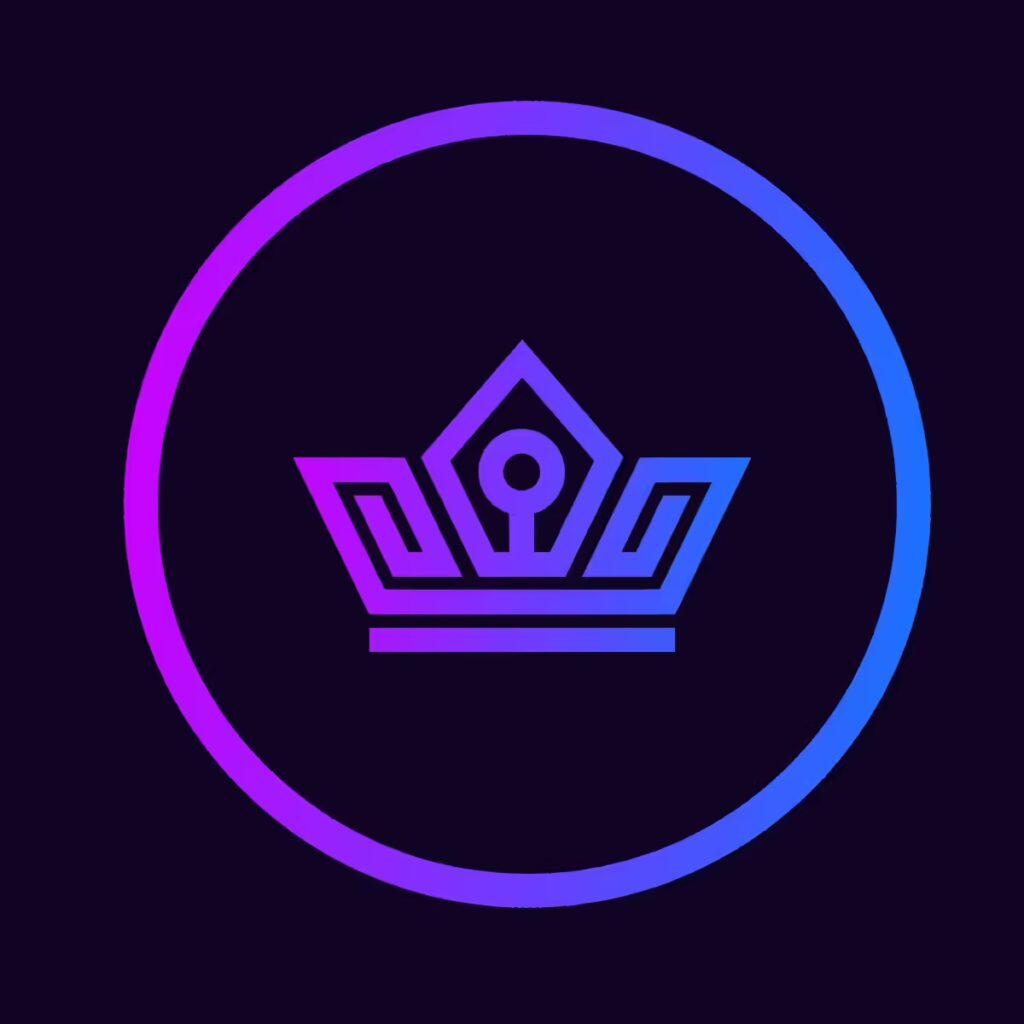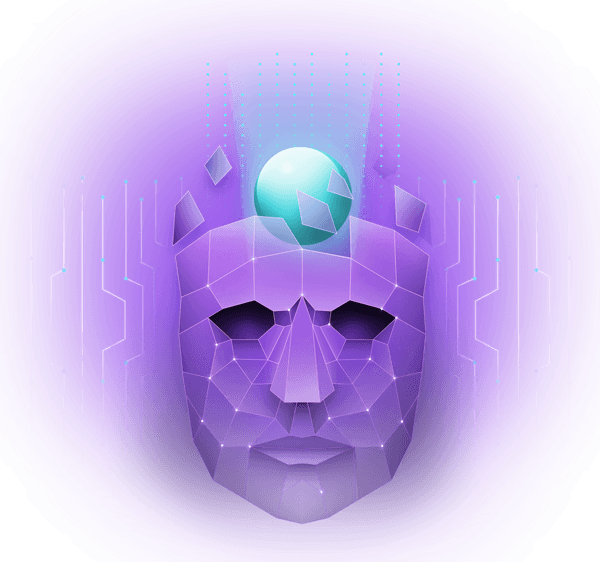The First Global Crypto Marketplace For Goods
Buy and Sell for Crypto Worldwide

Why We?
Leadership Backed by Proven Success: Our CEO’s extensive experience at the helm of Sberbank, along with a team that has worked in top global corporations like Hewlett Packard, Harman Kardon and other industry leaders, ensures your investment is in the hands of professionals with proven track records. This collective expertise, combined with the immense growth potential of the crypto marketplace, positions us as the next breakthrough in decentralized commerce.
Be part of this groundbreaking journey as we reshape the future of retail by merging cutting-edge technology with blockchain innovation.

Why Invest in Our Project?
- Global Marketplace: The world is ready for a global cryptocurrency marketplace, where secure, borderless transactions empower businesses and consumers to trade freely without traditional financial barriers.
- Operational Marketplace: Lool.Market is already live, offering a fully functional marketplace with crypto payments, giving investors immediate proof of concept and early-stage traction.
- Blockchain-Powered Platform: The marketplace leverages blockchain technology to provide transparent, secure, and decentralized transactions, offering a unique competitive edge over traditional e-commerce platforms.
- Decentralized Freedom: Unlike traditional marketplaces, we offer low transaction fees, instant settlements with stablecoins, and freedom for sellers to manage their stores with flexibility. This provides unique value to both users and merchants.
- Global Expansion Strategy: With a well-defined roadmap and a focus on onboarding sellers globally, the company is positioned to scale rapidly and capture a global market share.
- Token Utility and Growth Potential: Lool.Vision’s tokens can be used for purchases, discounts, and loyalty programs, creating a robust ecosystem with the potential for significant token value appreciation.
Examples of VR in shopping
- Prototype presented on Apple Vision Pro
- IKEA’s Virtual-reality showrooms
- Balenciaga’s VR-powered promotions

Why now?
- Massive Consumer Shift to Cryptocurrency: Nearly half of global consumers are ready to pay with cryptocurrency for everyday purchases. This demand represents an untapped market, and Lool is perfectly positioned to meet it with a live, functional marketplace.
- Untapped Crypto Market: With over 560 million crypto users globally and growing, Lool is addressing an underserved market by accepting cryptocurrency payments. This positions us to attract a massive, tech-savvy user base that’s looking for a platform like ours.
- E-commerce Growth Opportunity: E-commerce is a trillion-dollar market, with companies like Amazon generating $1.5 billion in daily sales. Lool has the potential to disrupt this space by offering a crypto-friendly, future-focused alternative for global commerce.
- Clear Market Gap: There is currently no global, open marketplace for goods that fully accepts cryptocurrency. By addressing this gap, Lool has the potential to scale rapidly and become the go-to platform for decentralized, crypto-based commerce.
- High-Growth Market: With tech giants advancing VR and immersive technologies, the number of VR users has surged to 171 million and continues to grow. Lool’s VR-based shopping experience places it at the cutting edge of this booming market to protect our future.
Our Vision and Future Proof
We have a proven concept that is more than just a marketplace for physical goods, we’re spearheading an e-commerce revolution with cutting-edge technologies: augmented reality (AR), virtual reality (VR), and artificial intelligence (AI).
Shop like in real life with our immersive and interactive platform.
Experience the Future of Shopping:
- VR Marketplace: The development of an immersive VR marketplace ensures that Lool.Vision is ahead of the curve in the evolving e-commerce landscape, securing its position as a forward-thinking and innovative company.
- AI-Driven Innovation: Integration of AI for personalized product discovery, accurate measurements, and optimized customer experiences sets the platform apart from traditional marketplaces.
Join the future of decentralized global commerce. There’s no better time to be part of this revolution. Seize the opportunity today with Lool.Market's token offering.



















